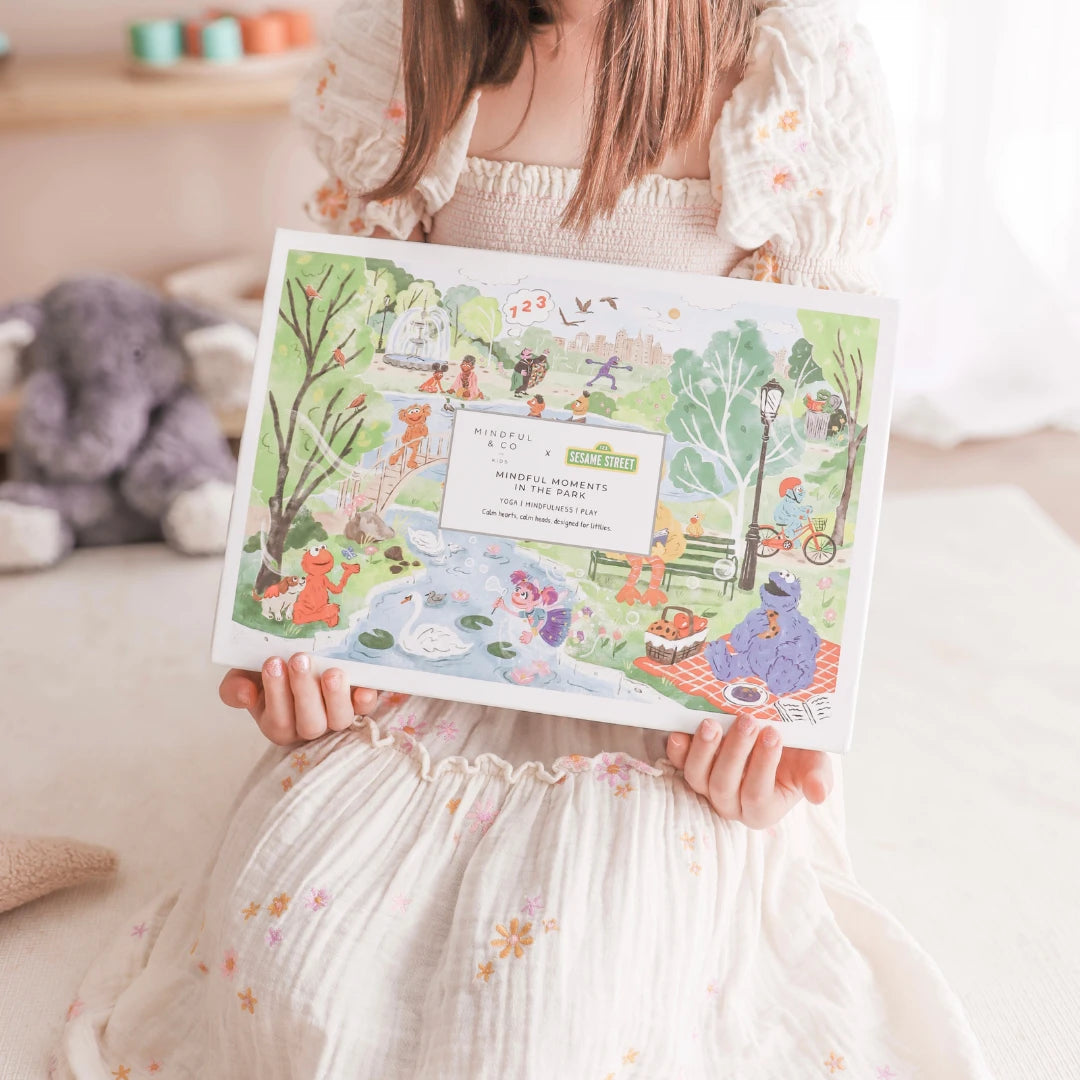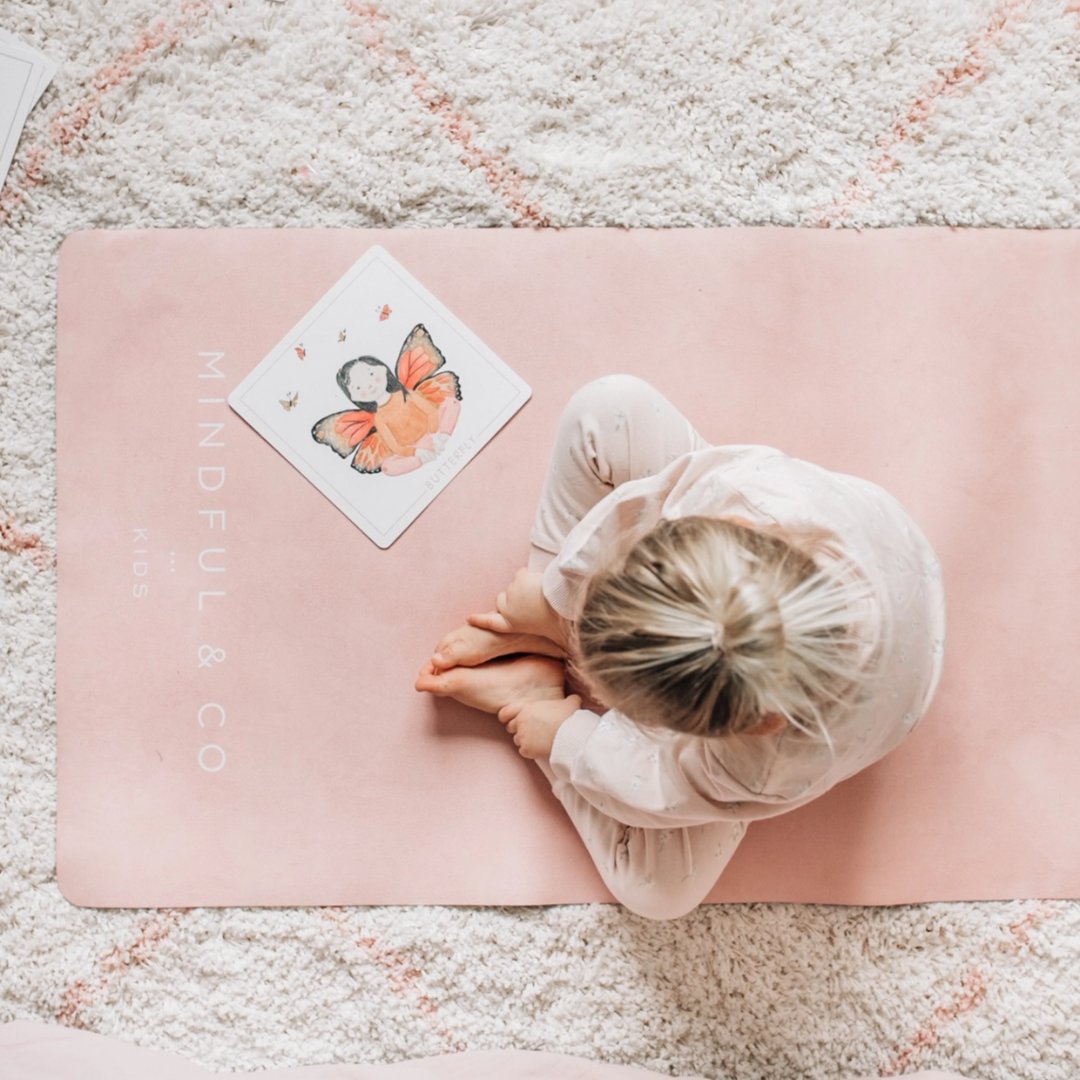The Benefits of Mindfulness
With so much extra time at home with our littlies there has never been a better time to introduce them to the wonderful benefits of mindfulness.
Teaching our children to unwind, experience life beyond the gadgets and become emotionally smarter has shown phenomenal results. Clinical research found that some of the core benefits of teaching children mindfulness include:Increased ability to relax, better immunity, increase in overall wellbeing, increase in physical wellbeing, increased positive regard and affect, increase in positive daily functioning, improved mood, greater self-awareness, improvement in sleep, new tools to deal with negative thoughts and emotions, learn to take time out to just be, greater self-acceptance, increased compassion to self and others, increased ability to observe feelings and emotions, less reactive, less self-judgement of self and others, and better ability to cope in stressful situations.

Dedicating just a few minutes to your child’s mindfulness practice every day can show significant improvements in their physical, mental and emotional wellbeing.

We wanted to share with you three easy exercises you can do with your littlies to foster a habit of mindfulness in your home over the next week.
NATURE TABLE
Being outside in nature is really good for making kids and adults alike feel calm and happy. Fresh air, the sights, smells and sounds of trees, plants and animals can lift your spirits and makes you feel free and connected to the Earth!
Next time you take your children for a walk in nature or in the park (depending on your countries current restrictions, the backyard works perfectly fine for this exercise too), ask them to find 5 things to take home.
They could look for…
Pine cones
Interestingly shaped sticks
Leaves
Egg shells fallen from a bird’s nest
Stones
Acorns or other seed pods
Feathers
Flowers
Shells
Or any other curious natural objects they spot!
Encourage them to check with you first if they want to pick any flowers or leaves, so you can make sure they’re allowed to take them and ensure the plants are not poisonous.
Find a small table for your child’s nature treasures at home. You could even use a cardboard box covered in a cloth as a very simple nature table.
Ask your children to arrange their objects on the table like a collage. They can keep adding to it with new things whenever they want to.
Encourage them to spend 1 -2 minutes a day sitting by the nature table studying their finds. Invite them to notice the shapes and colours of their objects, ask them to feel the different textures and to smell the different scents of the outside world.
This is a wonderful way to bring some natural calm into your home.
GRATITUDE JAR
Cultivating a simple practice of gratitude from a young age will carry benefits that extend well into adult life. The ability to acknowledge when something is good - whether it’s a tiny thing or a huge thing - has been proven to be a factor contributing to resilience and good mental health.
At home find a big jar and label it ‘Gratitude Jar’. Use this opportunity to get the art and craft materials out and have your child decorate their jar as they wish. You can start this with children as young as 2 years; they might not understand it at first, but it’ll click into place in time.
Every time something happens that they feel really happy about or really thankful for, help them write it down on a piece of paper and put that paper in the jar. Once they can write themselves, they can do this without your help.
And then at set intervals - perhaps once a week while we are spending so much time at home, you can empty the jar together and read over those notes.
As you do so, encourage your child to think about how they felt when they wrote that note.
MIRROR ME YOGA
How to Start
Have your child stand opposite you and make eye contact with them. If you’re working with more than two children, demonstrate this game with one child first, and then pair everyone up to play together.
It’s a brilliant way to improve body awareness and proprioception, as well as empathy and observation skills.
Note: You can use our yoga flash cards to familiarize yourself with at least 5 postures before introducing this game.
How to Play
One of you is the leader and the other is the mirror, copying the leader’s every move.
Move into a yoga pose - move slowly so that your child can mimic what you do. The idea is that you start to move in unison as they match their movements as closely as they can to yours.
Hold each pose for as long as feels appropriate before slowly shifting into the next one.
The leader tries 5 yoga poses before you switch so that the mirror has a chance to lead.

Thank you for taking the time to read our blog. In these challenging times we believe the practice of mindfulness should be accessible and attainable to everyone. From breathing techniques to self-awareness exercises, it is our hope that our teachings and products can serve as a gentle reminder to take a few moments a day to look inwards, and foster a calmness and clarity of mind for years to come.






